Terunobu Fujimori’s Kodomari Fuji guest house features a roof lined with cherry trees
Cherry trees line the roof at Kodomari Fuji, Terunobu Fujimori's first accommodation facility design, a private guest house in Japan
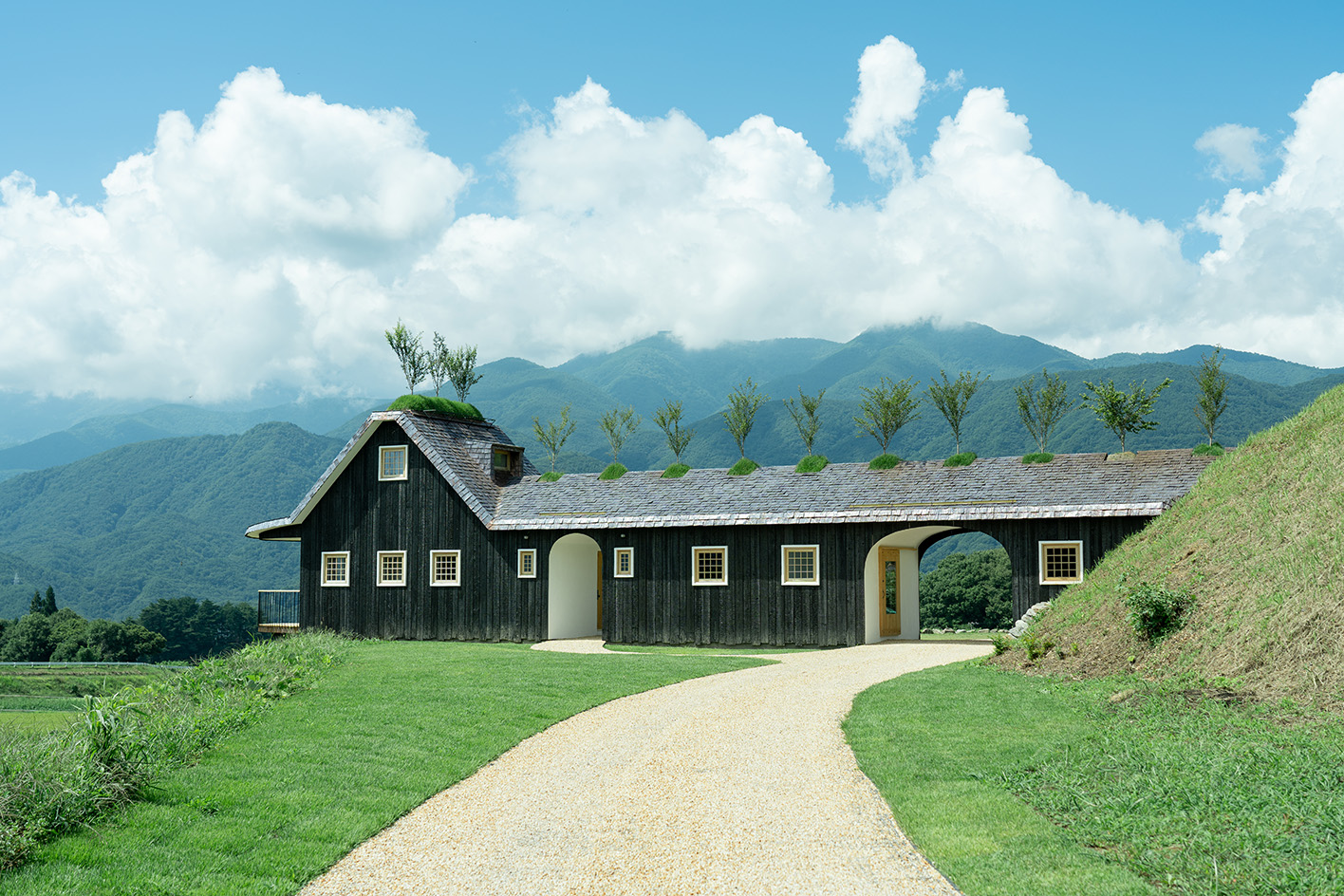
Kodomari Fuji, a recently opened, private guest house, exemplifies Japanese architect and architectural historian Terunobu Fujimori's signature offbeat architectural style and idiosyncratic approach, placing nature at the forefront. The words playful and whimsical – both often associated with, and suitably descriptive of Fujimori's structures – are equally applicable to this latest project, his very first accommodation facility design in Japan.
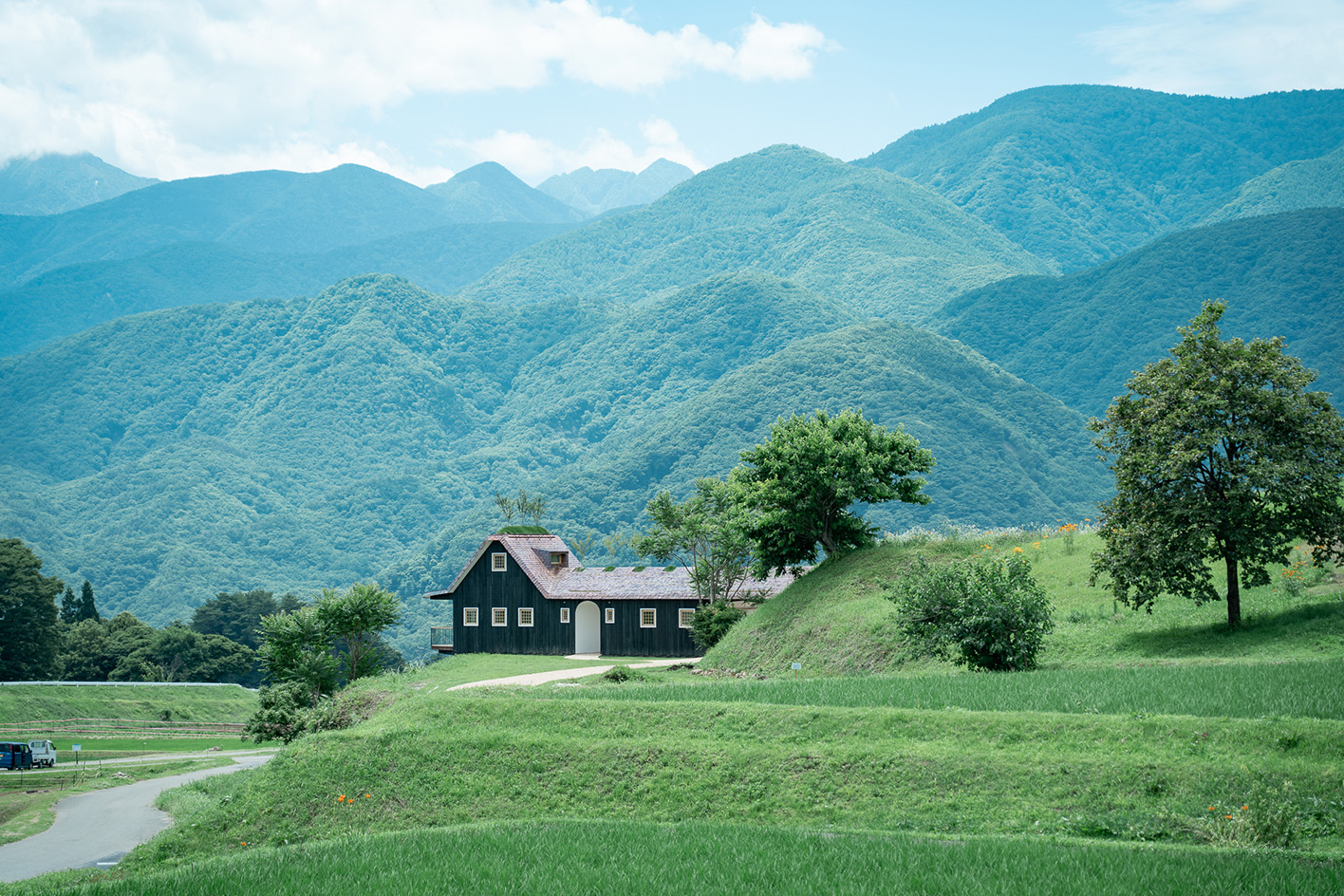
The nature-inspired design of Kodomari Fuji by Terunobu Fujimori
Situated on a former rice field that was left dormant for decades, the private villa occupies a 4,000 sq m site offering undisturbed views of its surrounding, rural landscape. Resembling a large wooden ship overlooking a 'sea' of rice paddies, the elongated building features the architect's handcrafted architectural elements of charred timber cladding, hand-battered copper roof plating and hand-plastered white walls. Along the roof sits a row of planted cherry trees inspired by the village's local icon, a 300-year-old weeping tree of the same species, located just metres away from the property.
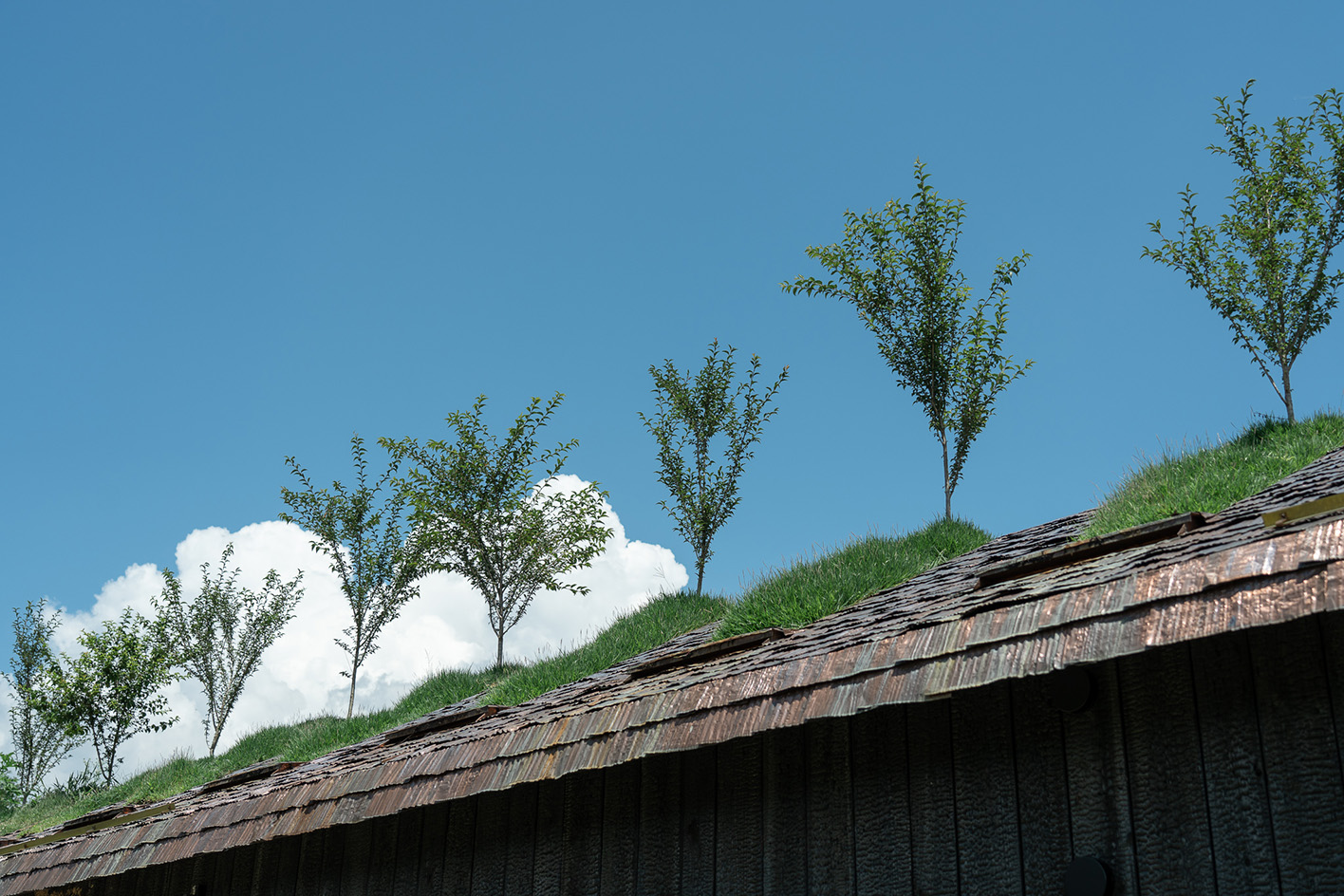
Nestled in Fujimi, a remote village bordering Japan’s mountainous Nagano prefecture and Yamanashi prefecture, the building overlooks Japan's Southern Alps, with Mount Fuji even seen in the far distance. Whilst the owners provided a completely open architectural brief, Fujimori focused the design around the landscape's panoramic views. He explains: ‘My main intention was to pass the axis from the cherry blossoms in the background towards Mount Fuji.'
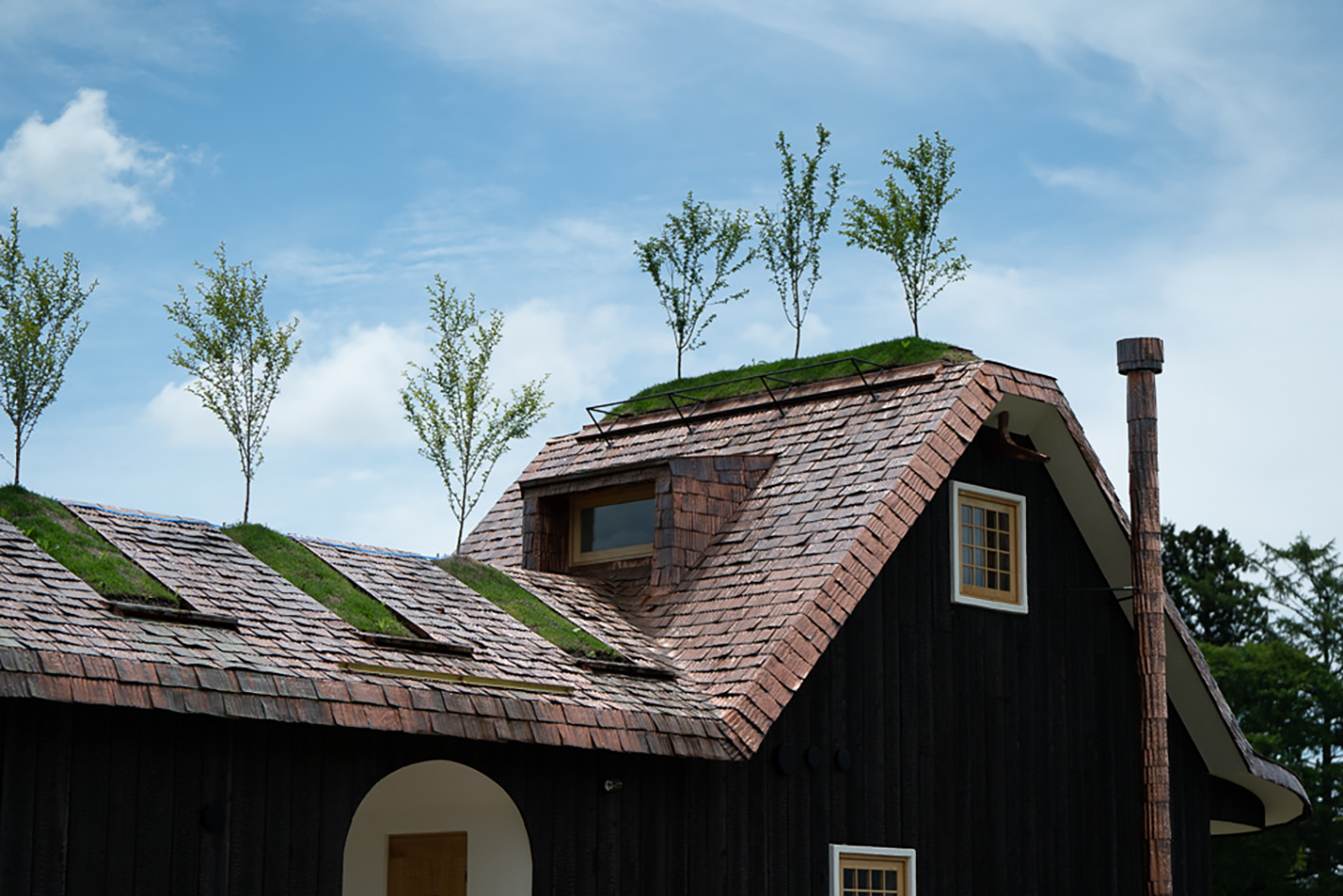
Fujimori, known for his unconventional and wildly imaginative structures that exert a sense of jovial innocence – such as his suspended 'floating' teahouses or Tampopo (Dandelion House) residence – often refers to historical contexts, basic dwellings and traditional methods of construction in his designs. Self-described as an ‘architectural historian drawn to ancient housing solutions’, Fujimori's approach for Kodomari Fuji was simply finding ‘harmony with nature’.
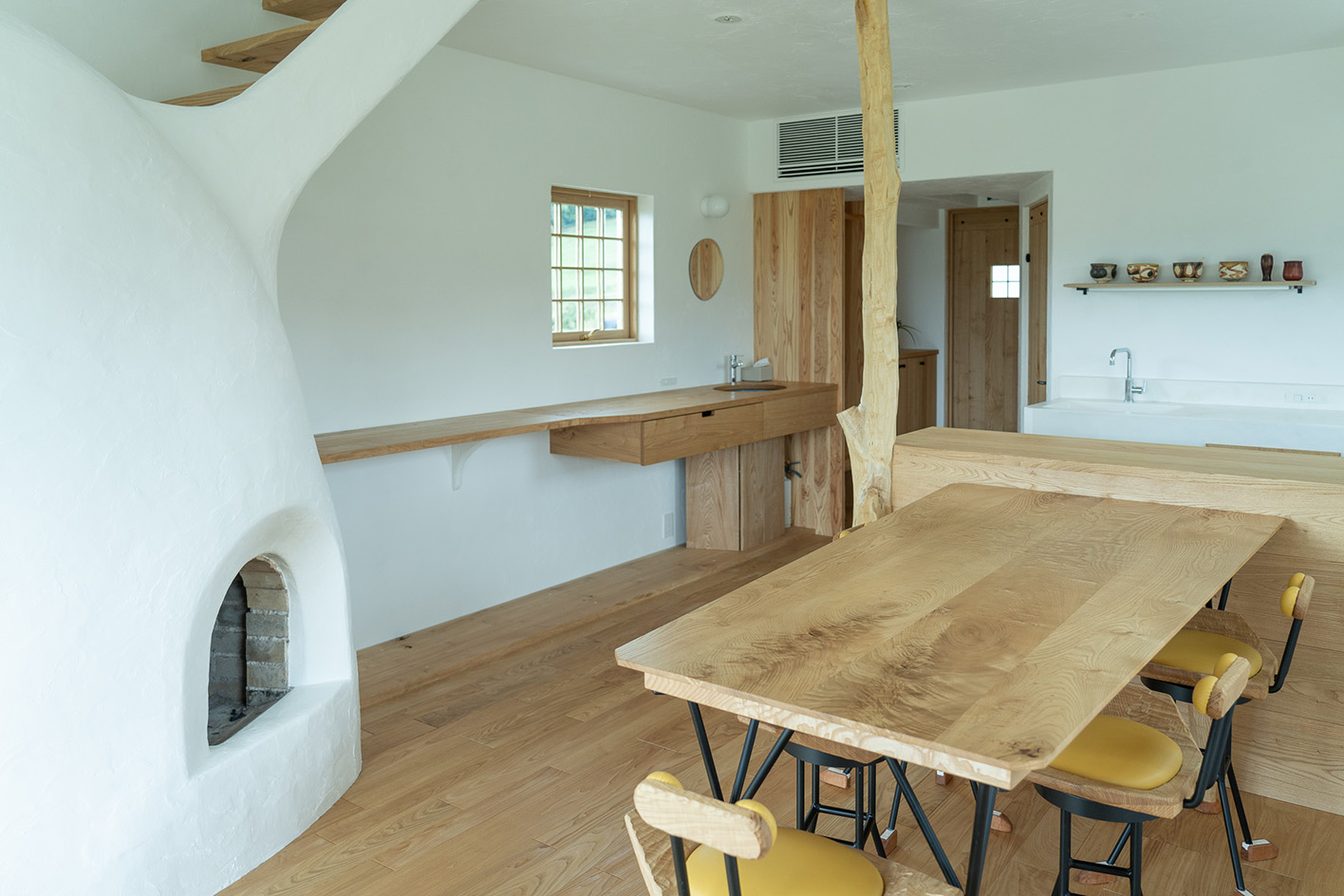
Accommodating just one group booking per day, the 'small private villa' is comprised of three segmented spaces forming an entire volume; inclusive of a main bedroom, storage room, and dining and kitchen space with second floor lounge area. The main dining area connects to a large outdoor balcony and open deck, intentionally primitive in form so as not to detract from the scenic views. Fujimori also designed the interior furniture, creating a custom large, central table with chairs and overhead lighting, in addition to a working fireplace with a hand-battered copper-cladded chimney visible from the exterior.
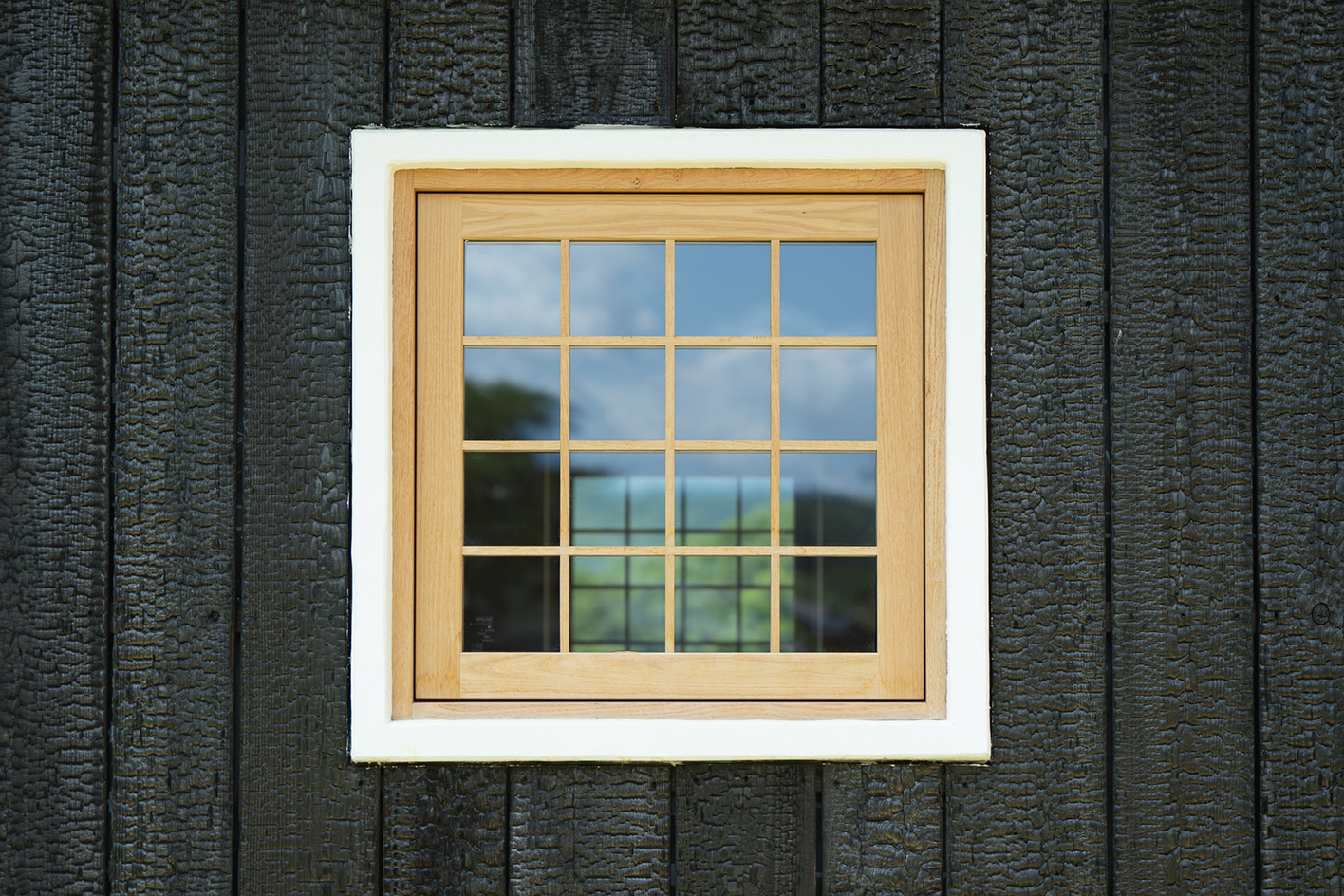
Initiated by husband-wife owner duo Noriko and Kazunori Yamakoshi, the project was first envisioned 13 years ago by Noriko Yamakoshi, who approached the architect with the idea. Fujimori, who comes from the Nagano region, took over a decade to finally agree to the project, which was financially achieved through crowdfunding efforts over the course of a year.
Nature, Fujimori believes, has always played a secondary role in architecture, something he aims to change to create an 'equilibrium of value for plants'. Continuing this philosophy for the future, the owners aim to revive the neighbouring rice fields and plant new trees, where the building can gradually ‘blend into its environment'.
Receive our daily digest of inspiration, escapism and design stories from around the world direct to your inbox.
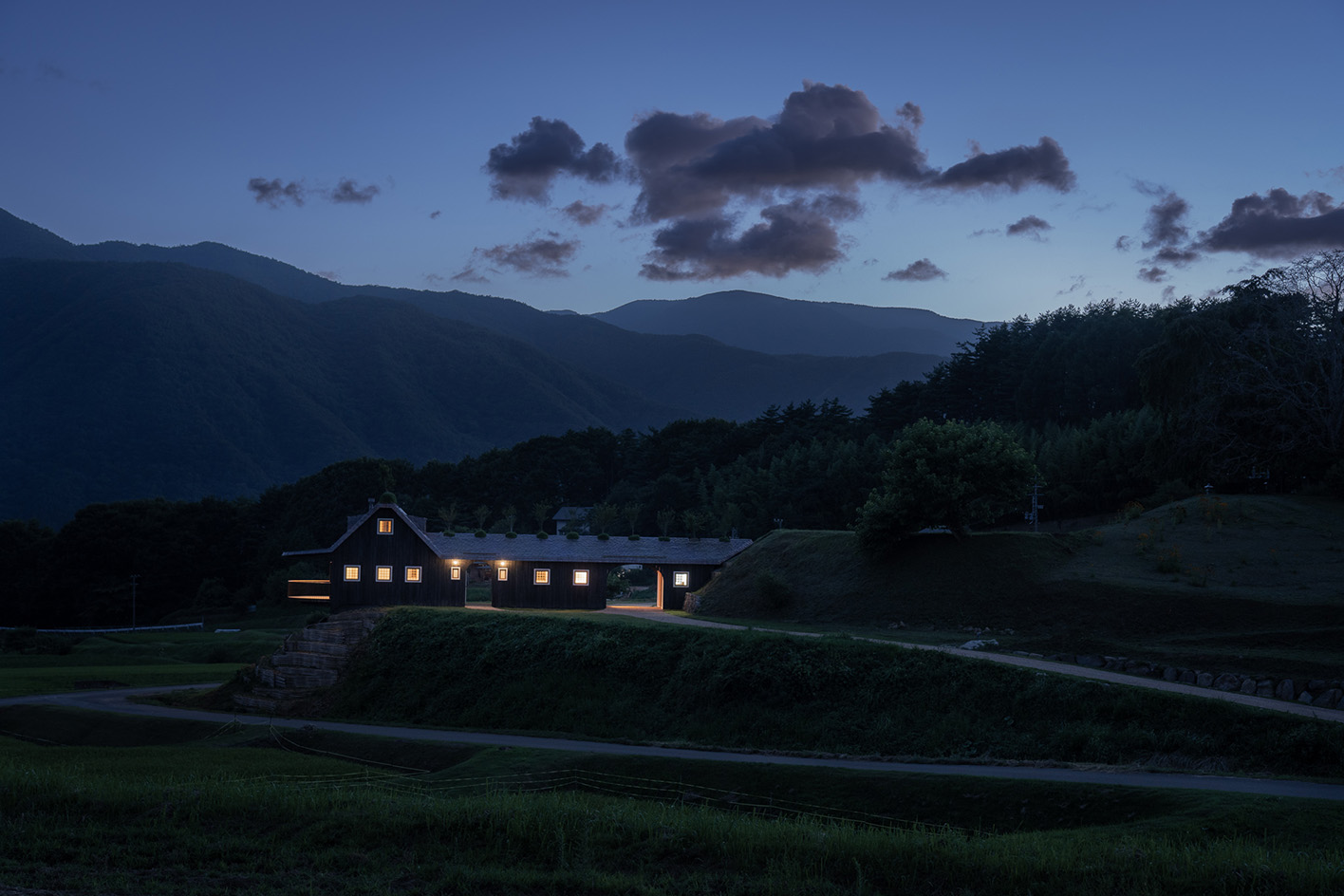
Joanna Kawecki is a Tokyo-based design journalist and consultant. Living in Japan since 2013, she writes extensively about architecture, design and travel, interviewing leading industry figures such as Kengo Kuma and Naoto Fukasawa. She is co-founder of Ala Champ Magazine and design brand IMI Japan, working with craftspersons across the country’s 47 prefectures exploring traditional artisans to innovation entrepreneurs.
-
 This cult Los Angeles pop-up restaurant now has a permanent address
This cult Los Angeles pop-up restaurant now has a permanent addressChef Brian Baik’s Corridor 109 makes its permanent debut in Melrose Hill. No surprise, it's now one of the hardest tables in town to book
-
 French bistro restaurant Maset channels the ease of the Mediterranean in London
French bistro restaurant Maset channels the ease of the Mediterranean in LondonThis Marylebone restaurant is shaped by the coastal flavours, materials and rhythms of southern France
-
 How ethical is Google Street View, asks Jon Rafman in Copenhagen
How ethical is Google Street View, asks Jon Rafman in CopenhagenIn 'Report a Concern - the Nine Eyes Archives' at Louisiana Museum of Art, Copenhagen, Jon Rafman considers technology's existential implications
-
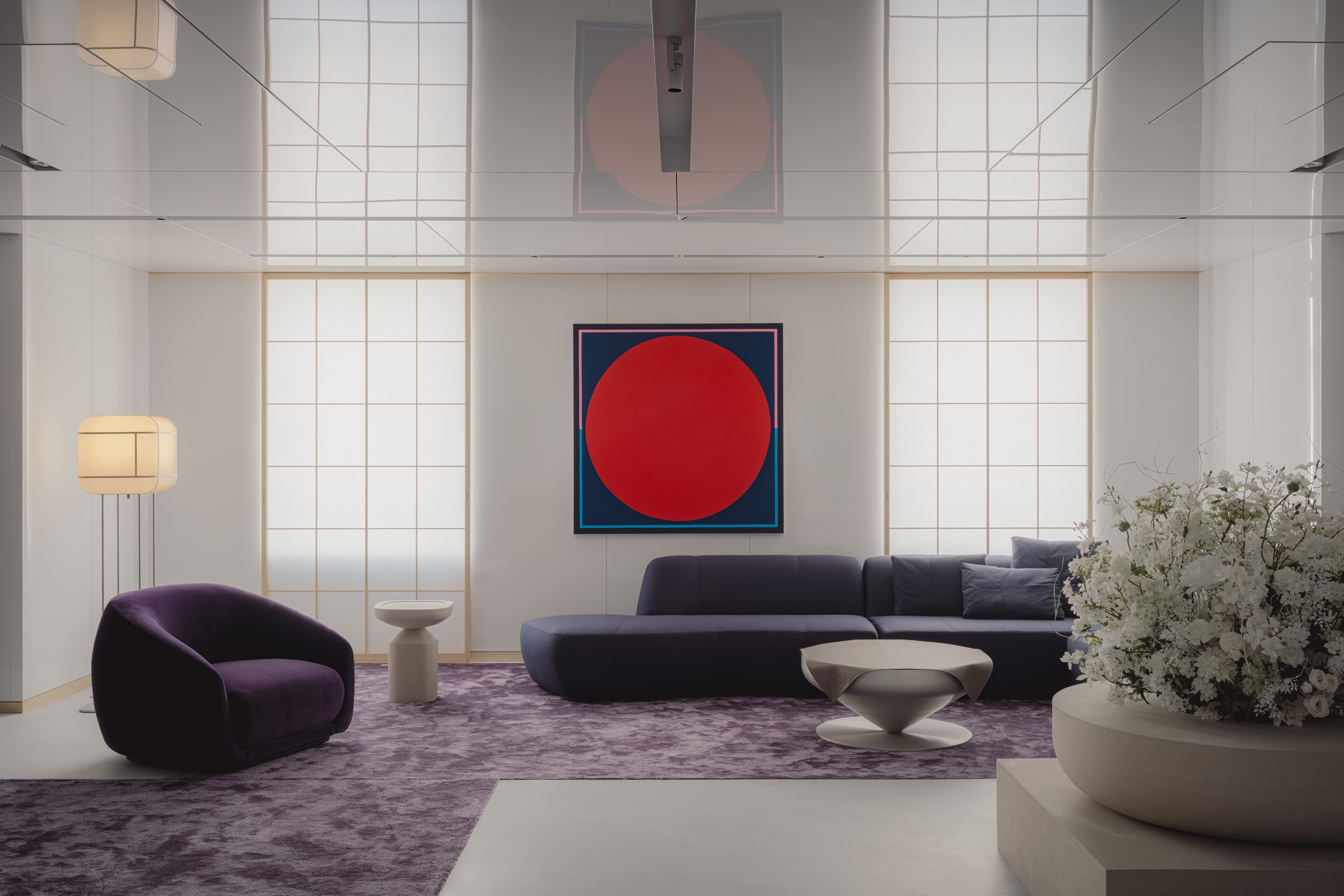 Matsuya Ginza lounge is a glossy haven at Tokyo’s century-old department store
Matsuya Ginza lounge is a glossy haven at Tokyo’s century-old department storeA new VIP lounge inside Tokyo’s Matsuya Ginza department store, designed by I-IN, balances modernity and elegance
-
 The Architecture Edit: Wallpaper’s houses of the month
The Architecture Edit: Wallpaper’s houses of the monthThis September, Wallpaper highlighted a striking mix of architecture – from iconic modernist homes newly up for sale to the dramatic transformation of a crumbling Scottish cottage. These are the projects that caught our eye
-
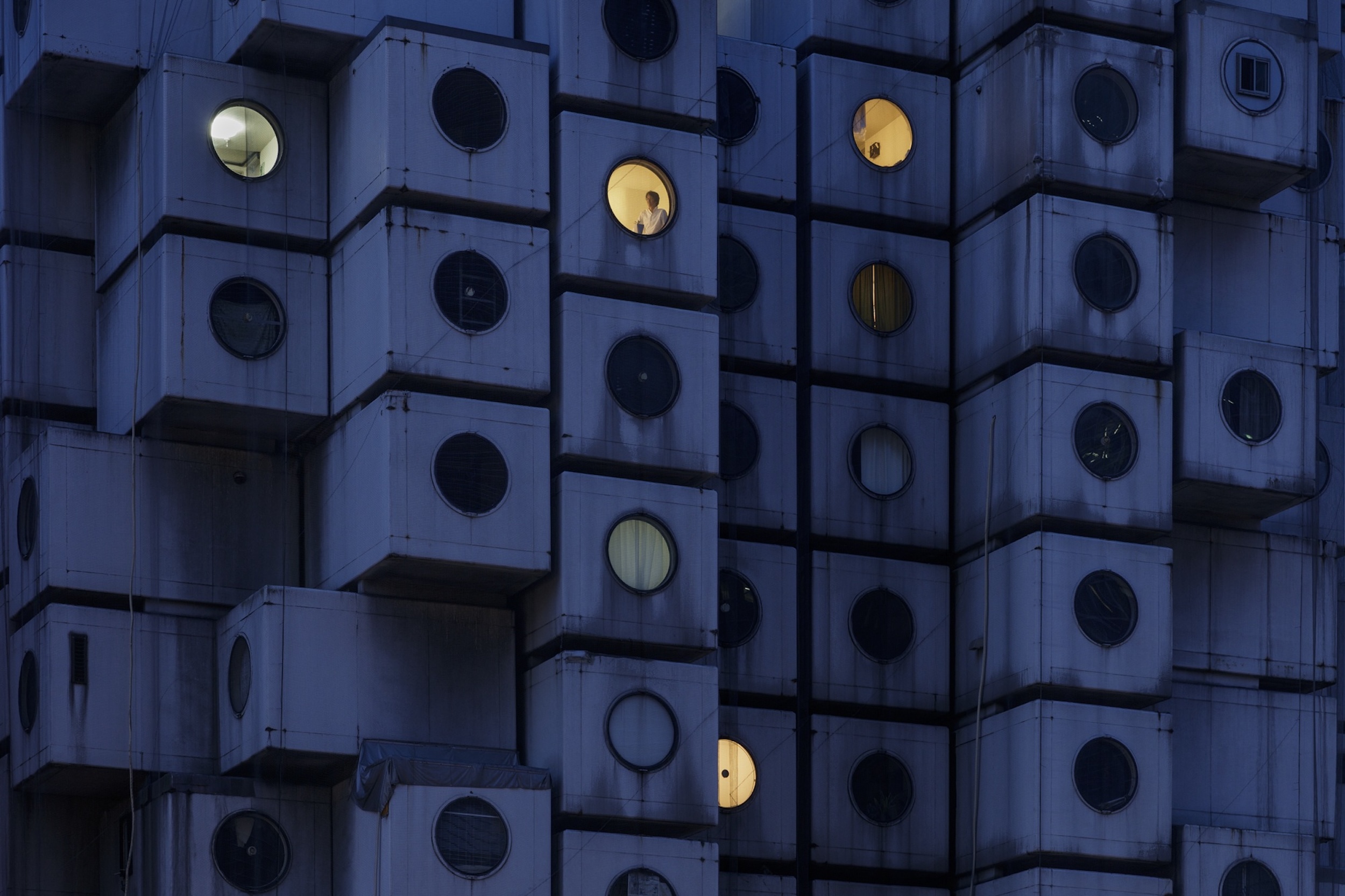 Utopian, modular, futuristic: was Japanese Metabolism architecture's raddest movement?
Utopian, modular, futuristic: was Japanese Metabolism architecture's raddest movement?We take a deep dive into Japanese Metabolism, the pioneering and relatively short-lived 20th-century architecture movement with a worldwide impact; explore our ultimate guide
-
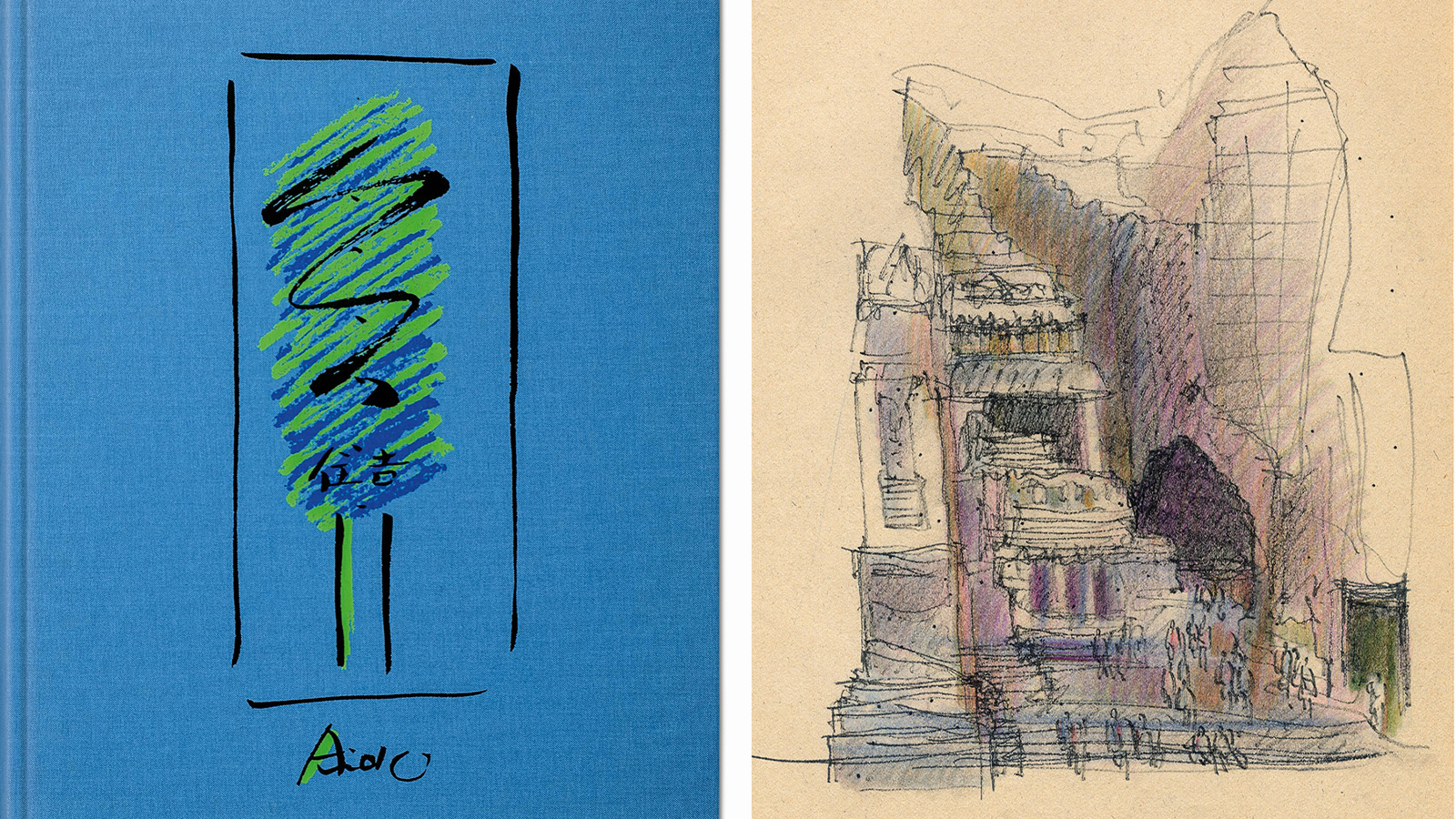 A new Tadao Ando monograph unveils the creative process guiding the architect's practice
A new Tadao Ando monograph unveils the creative process guiding the architect's practiceNew monograph ‘Tadao Ando. Sketches, Drawings, and Architecture’ by Taschen charts decades of creative work by the Japanese modernist master
-
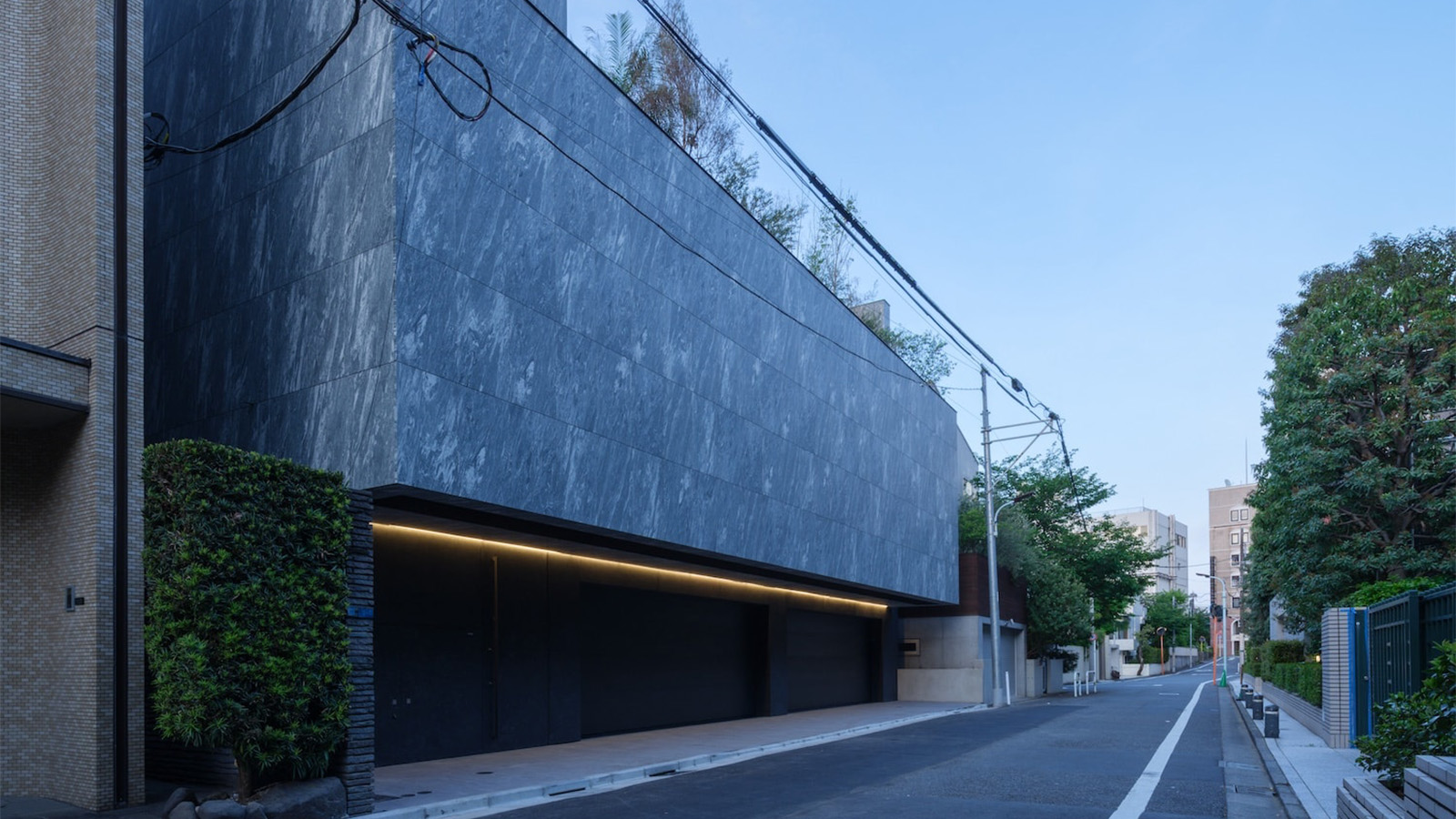 A Tokyo home’s mysterious, brutalist façade hides a secret urban retreat
A Tokyo home’s mysterious, brutalist façade hides a secret urban retreatDesigned by Apollo Architects, Tokyo home Stealth House evokes the feeling of a secluded resort, packaged up neatly into a private residence
-
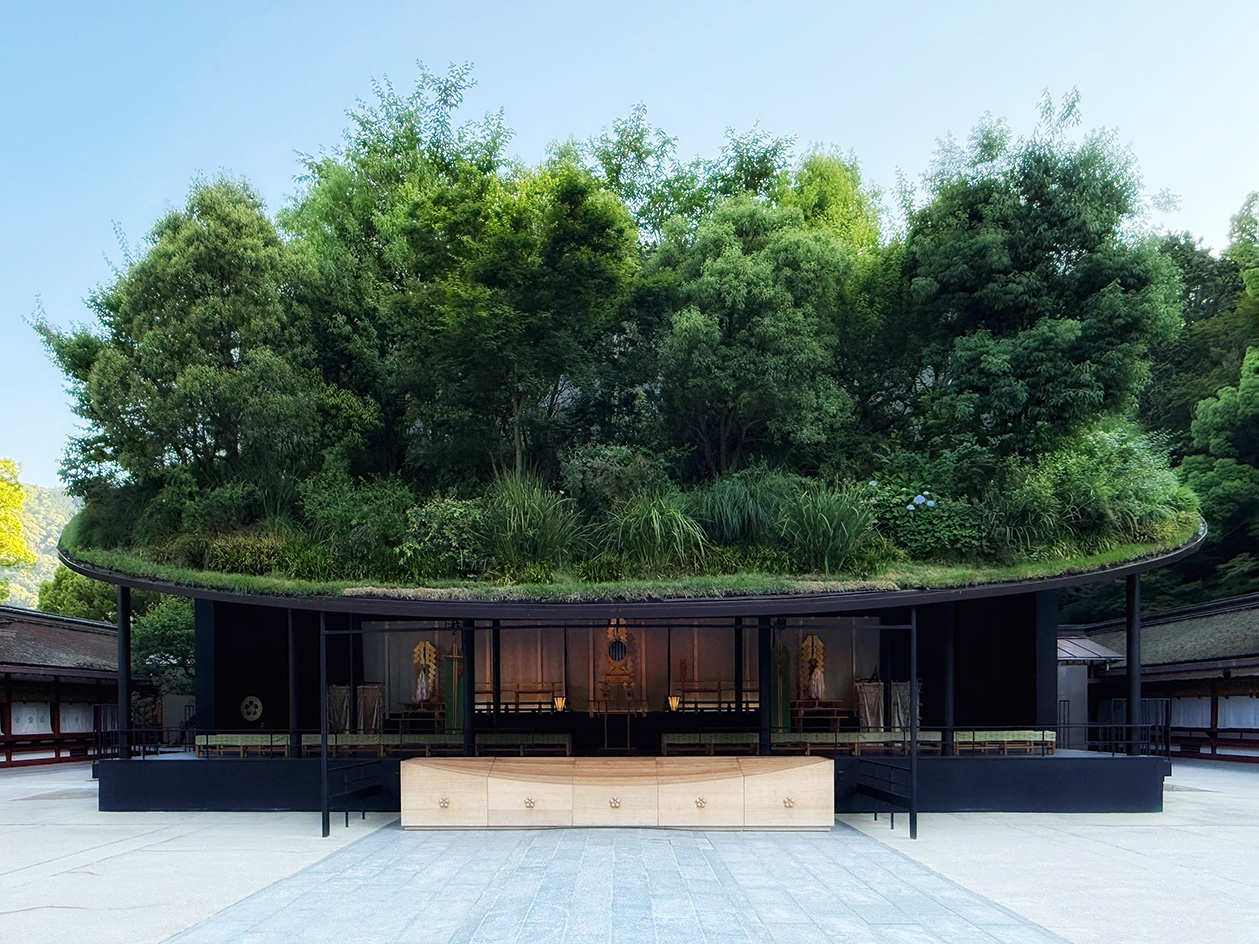 Landscape architect Taichi Saito: ‘I hope to create gentle landscapes that allow people’s hearts to feel at ease’
Landscape architect Taichi Saito: ‘I hope to create gentle landscapes that allow people’s hearts to feel at ease’We meet Taichi Saito and his 'gentle' landscapes, as the Japanese designer discusses his desire for a 'deep and meaningful' connection between humans and the natural world
-
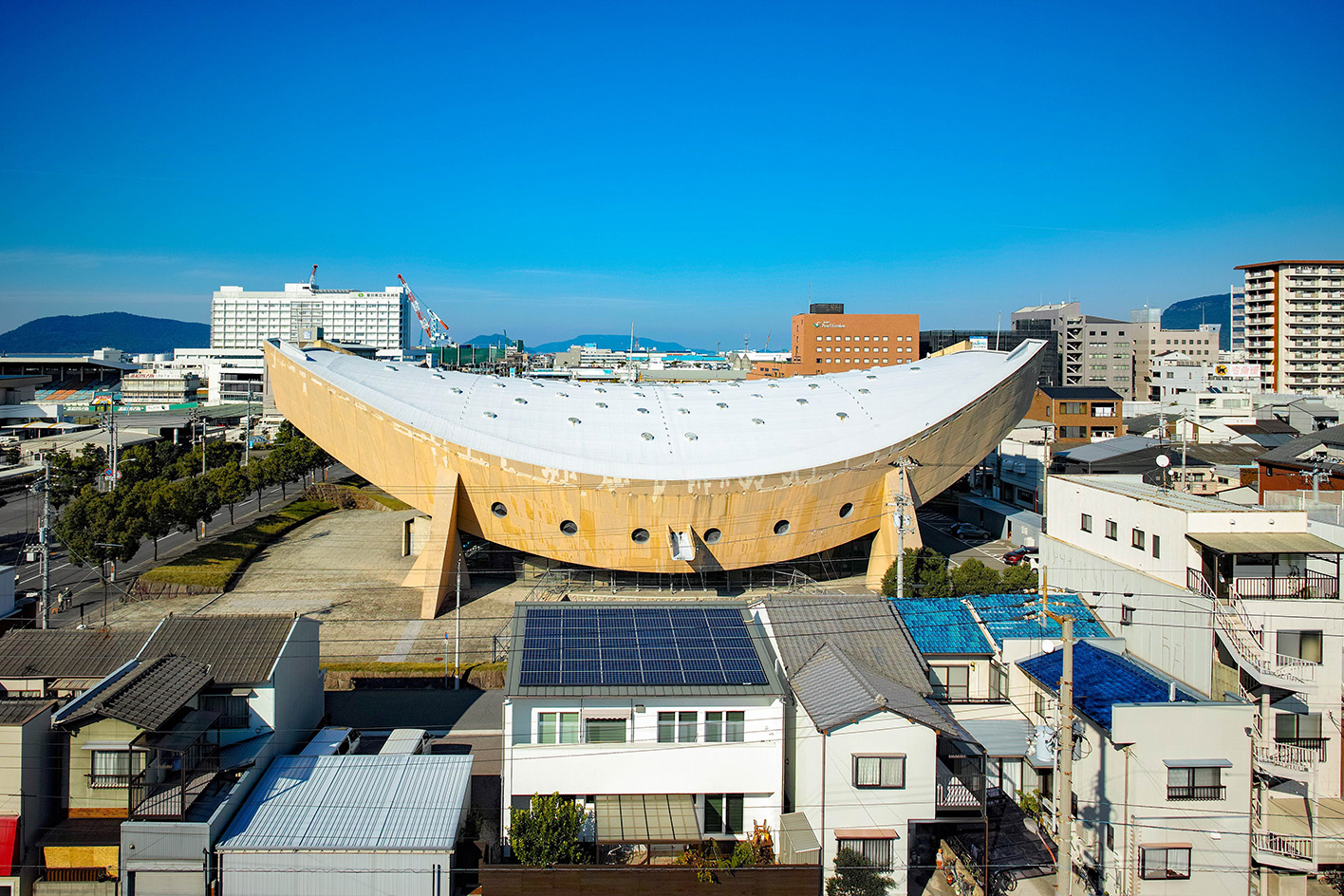 Campaigners propose reuse to save Kenzo Tange’s modernist ‘Ship Gymnasium’ in Japan
Campaigners propose reuse to save Kenzo Tange’s modernist ‘Ship Gymnasium’ in JapanThe Pritzker Prize-winning architect’s former Kagawa Prefectural Gymnasium is at risk of demolition; we caught up with the campaigners who hope to save it
-
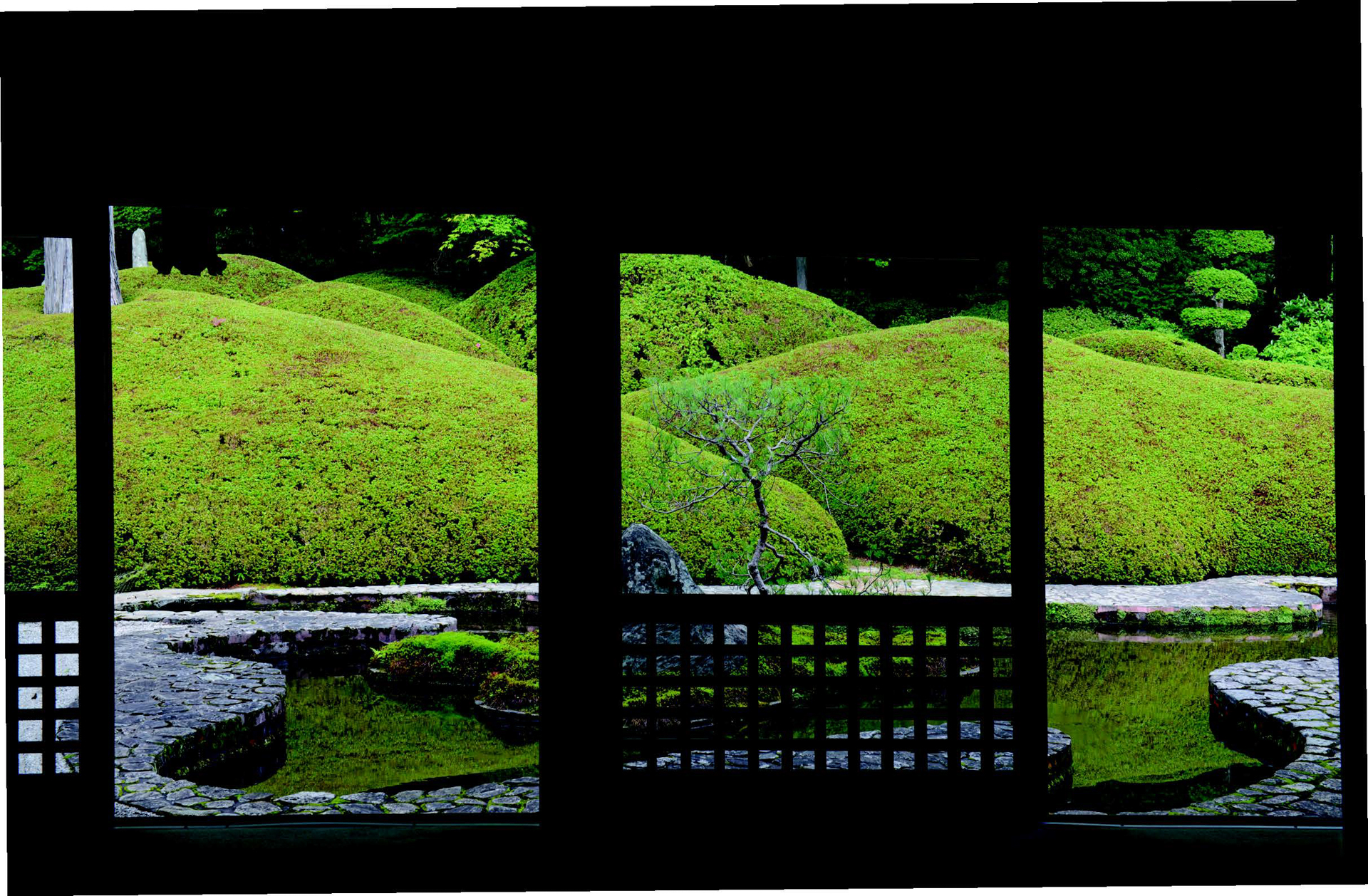 A new photo book explores the symbolic beauty of the Japanese garden
A new photo book explores the symbolic beauty of the Japanese garden‘Modern Japanese Gardens’ from Thames & Hudson traces the 20th-century evolution of these serene spaces, where every element has a purpose